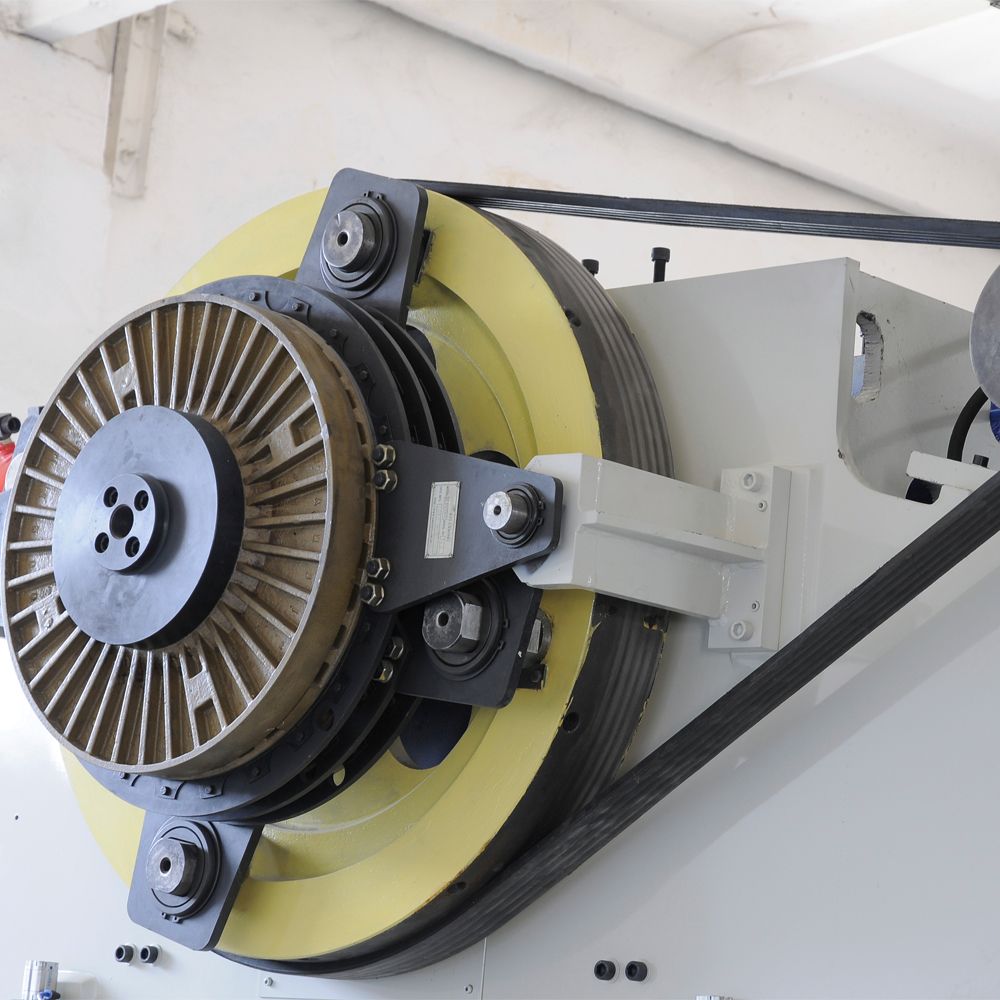My Cart
Your Shopping Cart is currently empty. Use Quick Order or Search to quickly add items to your order!
 Emmette Cox
Emmette Cox
Product Management Coordinator for Physical Science
September 2015
Engineers are always trying to improve the vehicles we use to transport ourselves and our goods. One of their high focus areas is fuel efficiency, which is the measure of the distance a vehicle travels using a given amount of fuel. You may be familiar with the US term miles per gallon, or MPG. Fuel-efficient vehicles save money and produce fewer waste products.
The internal combustion engine of a car is not very efficient. The engine converts the potential energy stored in the fuel into heat, which is then converted to the mechanical energy that makes the car move. Unfortunately, more energy from the fuel gets turned into heat than into mechanical energy. The same is true of the braking system. Traditional automobile brakes use friction to slow down. Friction generates heat. That heat moves from the surface of the brakes to the surrounding air and spreads out into the atmosphere, where it is lost.
Clearly, driving a car creates a lot of wasted energy. What if that wasted heat energy could be captured? A kinetic energy recovery system, or KERS, is designed to do just that. A KERS recovers some of the wasted heat energy when the driver applies an automobile’s brakes, storing that energy for later use. The energy may be stored in a flywheel or in batteries.
A flywheel is a rotating disc that stores energy. A vehicle using a flywheel as a KERS will have a specially designed transmission. When the car slows down, the transmission transfers energy to the flywheel. As the flywheel speeds up, the car slows down. When the car needs to speed up again, the transmission transfers the energy from the spinning flywheel back into the car’s wheels. The flywheel slows down, and the car speeds up.
Other vehicles that employ KERS store the energy in high-voltage batteries instead of a flywheel. The batteries can be accessed to rapidly accelerate the vehicle or, over a longer period, to increase fuel economy. Some Formula 1® (F1) race cars use a KERS to provide a boost of horsepower when needed.
Vehicles still need traditional brakes to slow to a complete stop, as a backup for safety, and for parking.
Some automakers are developing KERS for their production vehicles. Soon, you may be driving a car equipped with a kinetic energy recovery system.